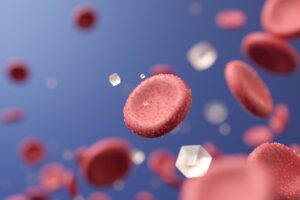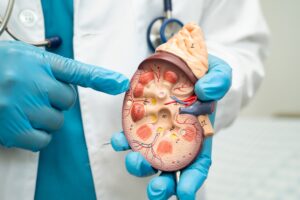This disease often hides in plain sight, and an endocrinologist shares why it’s time to talk about it
News has been circulating about a ‘new type of diabetes’, the Type 3 diabetes. Though is it really new?
Most of us grew up learning that there are only two types, so this definitely caught our attention. To clear things up, we spoke with Dr. Radhamani Rajakumar, Consultant Internal Medicine Physician & Endocrinologist at Columbia Asia Hospital Bukit Rimau, who helped us understand what this often-overlooked condition is really about.
1Twenty80: What is Type 3c diabetes mellitus (T3cDM) in simple terms?
Dr. Radhamani Rajakumar: T3cDM is a secondary form of diabetes that develops when the pancreas is damaged, affecting its ability to produce insulin, which is essential for regulating blood sugar levels. It is also known as ‘pancreatogenic diabetes’.
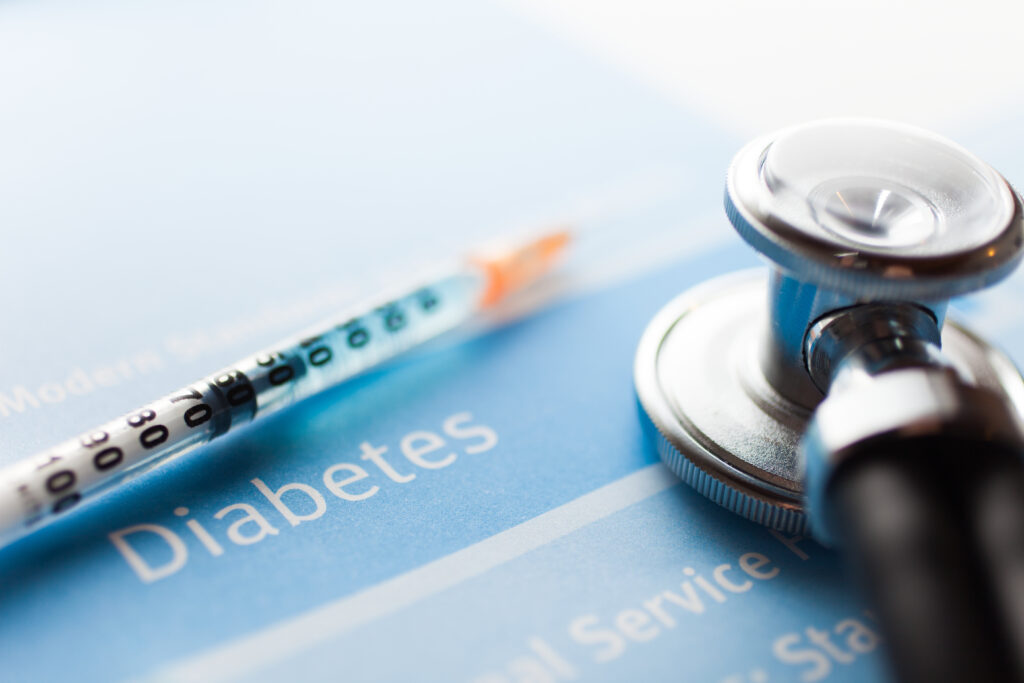
1Twenty80: How does this disease differ from the more familiar Type 1 and Type 2 diabetes?
Dr. Radhamani: Type 1 diabetes is an autoimmune disease that destroys insulin-producing cells in the pancreas, causing absolute insulin deficiency. Meanwhile, Type 2 diabetes occurs when the body resists the effects of insulin (insulin resistance), leading to elevated blood sugar levels.
1Twenty80: Why is T3cDM often misdiagnosed or overlooked, even among healthcare professionals?
Dr. Radhamani: T3cDM is difficult to diagnose. Hence, leading to underdiagnosis. It affects approximately 5 to 10% of people with diabetes, but is often misclassified as type 1 or type 2 diabetes due to its overlapping clinical picture (similar symptoms) and underrecognition of the contribution of pancreatic disease to the development of diabetes.
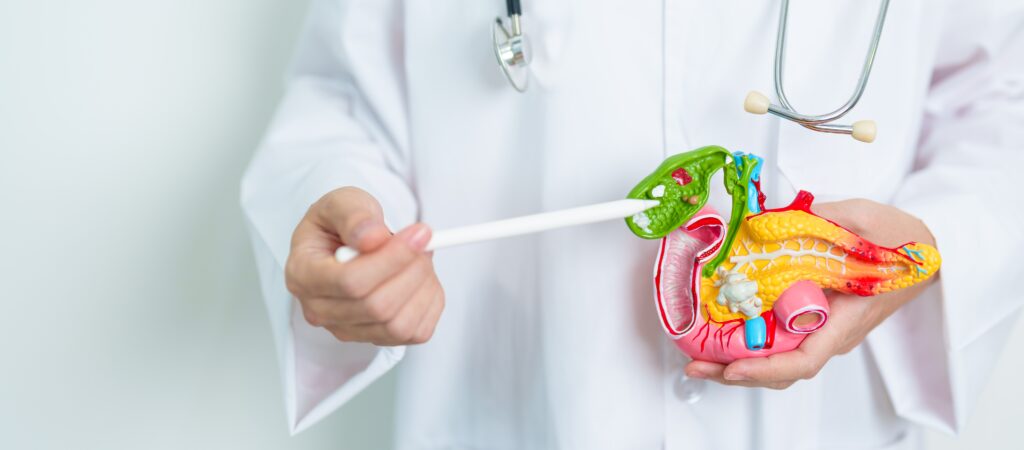
1Twenty80: From a clinical perspective, what are the key risk factors that might predispose someone to developing T3cDM?
Dr. Radhamani:
There are a few:
- Chronic pancreatitis (inflammation of the pancreas) is mainly due to alcohol (80% of cases).
- Pancreatic cancer.
- Following pancreatic surgery due to trauma.
- Genetic disorders like cystic fibrosis (abnormal fluid secretion causing pancreas dysfunction) and haemochromatosis (excess iron deposition in the pancreas causing pancreatic failure).
1Twenty80: Since there are no universally standardised diagnostic guidelines, how do doctors currently diagnose T3cDM in practice?
Dr. Radhamani: Detailed clinical history, biochemical markers (testing for exocrine pancreatic insufficiency, absence of autoimmune markers for T1DM and assessment of B-cell function) together with advanced pancreatic imaging would help with the diagnosis of T3cDM.
1Twenty80: What are some of the challenges you face in distinguishing T3cDM from long-standing Type 2 diabetes in patients?
Dr. Radhamani: T3cDM ultimately develops due to decreased insulin secretion. In patients with long-standing, poorly controlled Type 2 diabetes, persistent glucotoxicity state (prolonged high blood sugar) will lead to beta cell destruction, causing impaired insulin secretion. And in the absence of pancreatic exocrine insufficiency, such as malabsorption symptoms, it will be difficult to distinguish between T3cDM and T2DM. They also share similar micro and macrovascular complications.
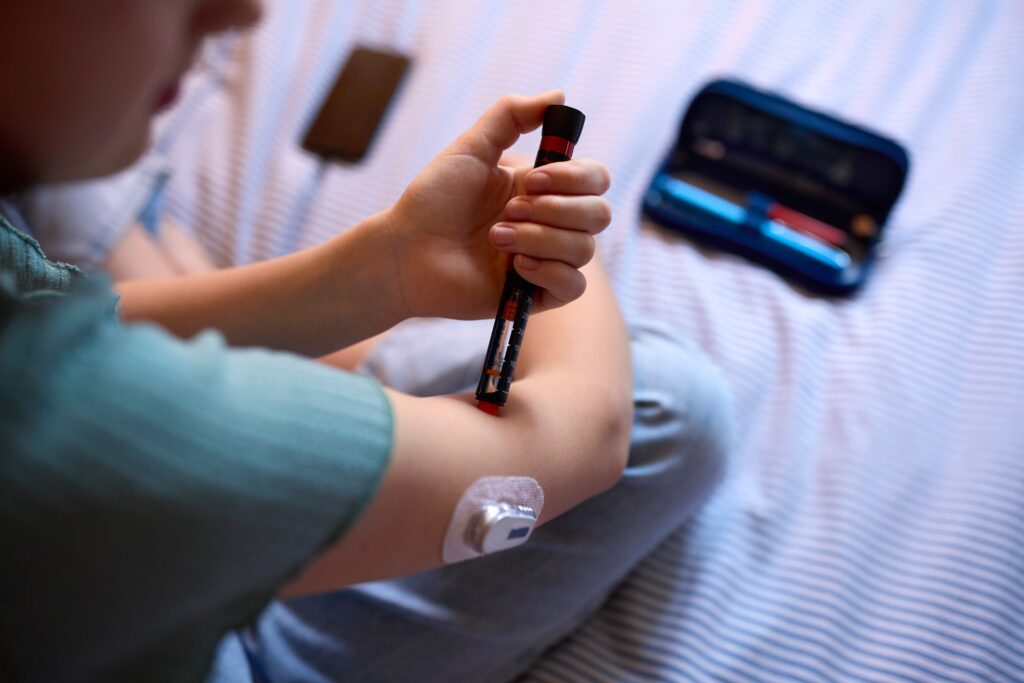
1Twenty80: How is T3cDM usually managed, and how does this compare with treatment for Type 1 or Type 2 diabetes?
Dr. Radhamani: As with Type 1 or Type 2 diabetes, lifestyle modification, mainly physical activity and dietary modification, is also crucial in the management of T3cDM.
Since the principal defect is insulin deficiency, insulin therapy is the preferred treatment for most patients with T3cDM. However, oral diabetic medication can be considered depending on the degree of insulin deficiency.
1Twenty80: Are there limitations to the medications or therapies we currently have for T3cDM patients?
Dr. Radhamani: Some of the oral medications may not be suitable, depending on the duration and how severe the pancreatic disease is. Apart from that, most of these oral medications require functioning beta cells, which are lacking in T3cDM, leading to starting insulin even in the early stages.
1Twenty80: Why is raising awareness of T3cDM important?
Dr. Radhamani: Since T3cDM is often misdiagnosed or underdiagnosed, raising awareness will help early detection or screening and timely treatment, which could improve patient outcome and quality of life.

1Twenty80: Currently, what are the statistics of T3cDM in Malaysia?
Dr. Radhamani: Unfortunately, there are no statistics of T3cDM in Malaysia. In Western populations, T3cDM is estimated to occur in 5 to 10% of all diabetic patients, mostly due to chronic pancreatitis. However, the true prevalence of T3cDM is unknown due to challenges with accurate diabetes classification (getting the right diabetes diagnosis) in clinical practice.
1Twenty80: What would you like to see in terms of research, diagnostic tools, or guidelines to better support patients with T3cDM?
Dr. Radhamani: Given the atypical presentation, accurate diagnosis of T3cDM requires specific criteria to distinguish it from other forms of diabetes. There are some proposed diagnostic criteria. However, it’s not standardised. Hence, more targeted research and studies are essential to improve diagnosis, explore new treatments and uncover the root mechanisms behind T3cDM.


